Testino's tips for travel photography
Updated: 2015-02-28 08:03
By Shivani Vora(The New York Times)
|
||||||||
Q+A: Mario Testino
To say that the photographer Mario Testino, 60, is a frequent traveler is something of an understatement. London is his home, but he is on a plane every third day for his jobs around the world to shoot campaigns for fashion houses like Chanel and portraits such as the official engagement picture of the Duke and Duchess of Cambridge.
His latest project is the fifth annual Macallan Masters of Photography, an initiative from the whisky producer based in Craigellachie, Scotland, in which well-known photographers like Annie Leibovitz and Albert Watson shoot pictures intended to showcase the brand. The assignment took Testino to Beijing. He spent three days at the China Club hotel, a former 17th-century palace, photographing his version of a black-tie party inside a whisky club. The Macallan is selling a limited number of prints of four photographs taken by Testino along with a bottle of whisky that is a blend of a half-dozen single malts (available for 3,500 at premium liquor stores).
Testino recently visited New York to promote the project and spoke on the rooftop of the Gramercy Park Hotel about how a destination informs his work and his tips for taking the ideal vacation pictures. Following are edited excerpts.
The final images the Macallan is releasing from your time in Beijing are of people. Was conveying a sense of place - that you're in China - important to you?
I started off with the intention of showing the surroundings of the China Club, but when I saw all the people together, it felt more exciting for me that it wasn't so well defined where they were. They could be anywhere, and I liked leaving that door open.
That being said, conveying a sense of place is important to me in my work. I love through my pictures to be able to travel through different continents and different social classes, but it's not always necessary. In this particular case, the characters were so well defined that I felt that the place might be one element too many so I ended up not showing the environment so much.
I have worked in Beijing several times before and love the energy of the city and the blend of historical and modern.
Do you have a favorite city to work in?
I love Rio, Berlin and Naples, but London, New York City and Los Angeles are the places I go the most, and they are easy because they are geared for my sort of work. Like in L.A., for example, because it's the heart of the film world, anything you want for a shoot is there whether it's a Spanish villa or certain kinds of clothes. Not all places are so easy. They might not have location vans for hair and makeup, which are important in shoots, and you have to make do with the choices for wardrobe.
What advice do you have for travelers who want to make sure they get the best pictures from their trip? Are good shots about having the right camera?
You don't need a fancy camera to be able to capture anything. The one on your phone is good enough; that's what I use when I'm not working. Getting the right pictures is about opening your eyes to see what's magical about a place. I just photographed the city from a window on this floor and saw all these buildings lit in a beautiful way, which is so New York. But the magic is different depending on where you are. It could be the people, the landscape, the animals or even the candle in the room. You just have to be curious, and you'll find it.
When you're not traveling professionally, where do you vacation, and how often are you taking pictures?
I go on holiday about twice a year and generally to Brazil or to home in Peru. I take very few photographs.
What are your travel essentials?
A: If it's a personal trip, I don't really have any. I'm pretty low-maintenance. When I'm going for work, it's my assistants - I have a half-dozen who travel with me. If I do a shoot, I have to edit the job on the plane right after, and when I land, I have to start doing the retouching. Today, we work digitally so everything is raw, and you have to determine if you want the picture blue, green, red, contrasting or not, dark or light. There's a lot to do, and I'm always surrounded by people who are helping me.
The New York Times
(China Daily 02/28/2015 page16)
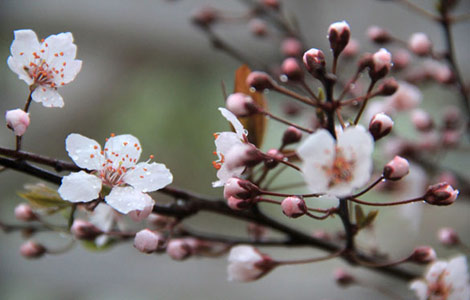
 Best times to view spring flowers in Beijing
Best times to view spring flowers in Beijing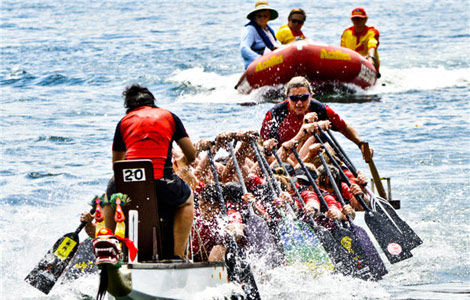
 Dragon boat race to celebrate Chinese New Year in Sydney
Dragon boat race to celebrate Chinese New Year in Sydney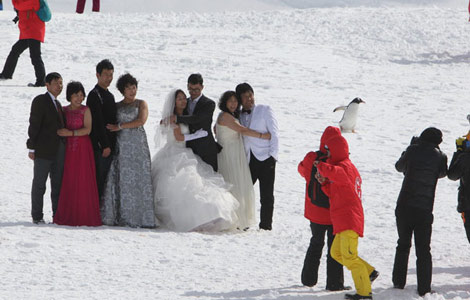
 South Pole setting for wedding photos, penguins included
South Pole setting for wedding photos, penguins included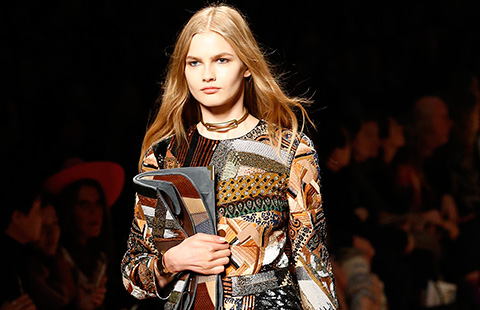
 Milan Fashion Week - Autumn/Winter 2015-16
Milan Fashion Week - Autumn/Winter 2015-16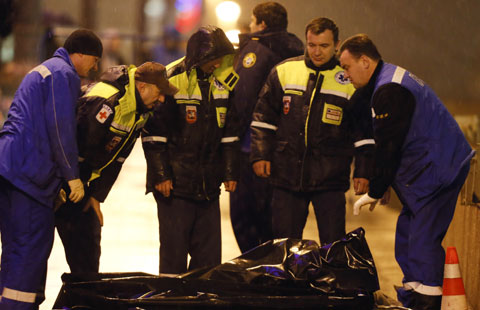
 Russian opposition leader Nemtsov shot dead in Moscow
Russian opposition leader Nemtsov shot dead in Moscow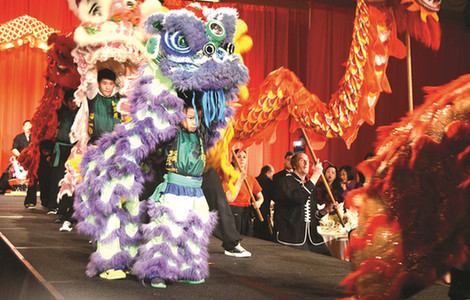
 Across America over the week (from Feb 20 to 26)
Across America over the week (from Feb 20 to 26)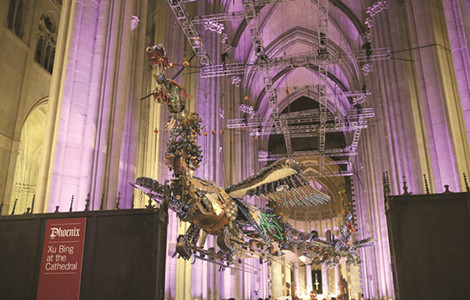
 Phoenix landing
Phoenix landing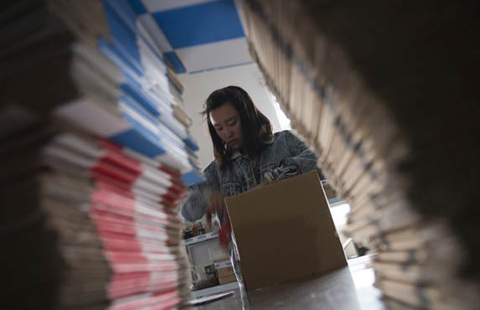
 Inside a Taobao village
Inside a Taobao village
Most Viewed
Editor's Picks

|

|

|

|

|

|
Today's Top News
PBOC cuts rates to ease business financing
Former celebrity TV anchor on crusade against pollution
China ends UN council presidency
Ling Jihua removed from CPPCC leadership list
Tech firms cut from approval list
Yuan on move, but not to top
'Star Trek' legend Leonard Nimoy dies at 83
EB-5 could harbor fraud: report
US Weekly

|

|







